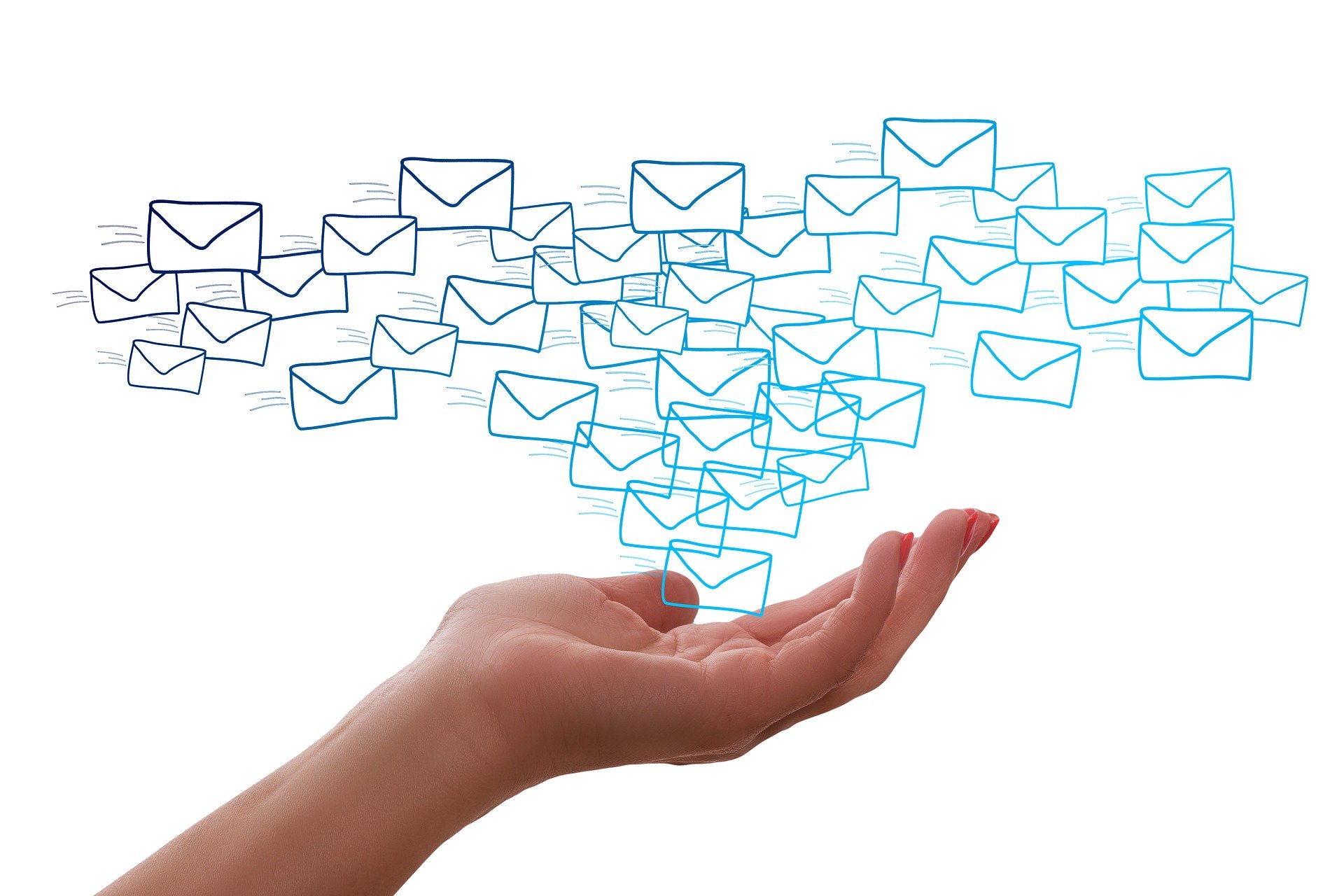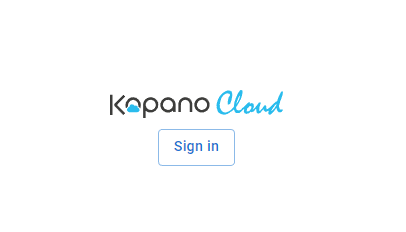From time to time, the death of email is propagated. In the context of organisational development, it is currently en vogue to promote team communication with collaboration tools such as Slack – often combined with virtual Kanban boards for project management and garnished with catchy phrases such as “Kill your darlings – kill your emails” or “Email was yesterday”. Perhaps it is time to put some figures on the table. To do so, we took a look at a few dossiers, studies and statistics (source: statista.de):
- In 2020, the number of emails sent and received worldwide (business and private) was 306.4 billion per day. The trend is upwards, with a forecast of 361.6 billion by 2024.
- In 2020, the email usage of the population in Germany was 87%.
- Global email traffic is increasing by approx. 5% per year
- In 2019, workers:inside received 77 professional emails per day
- In 2019, 751,000 companies in Germany regularly used email marketing, spending €1.2 billion.
With this sheer overwhelming amount of message volume, how can it be that one gets the idea that e-mail communication could be completely abolished? Of course, it is not the case that e-mails are always handled efficiently; around 50% of all mails alone consist of spam (source: statista.de), which has to be filtered on its way to the recipient. Uncounted are the e-mails that go to the wrong recipients, where the attachment is missing, where 5 people end up in cc unnecessarily, etc.. It is also not very motivating for one’s own workflow if the inbox is already overflowing with new messages when work starts. However, it is not the medium e-mail that is to blame for all these points, but the communication behaviour of the people involved themselves. This behaviour does not change, no matter which alternative tool is used.
Synchronous vs. asynchronous communication
Anyone who has worked frequently with so-called synchronous collaboration/project tools will certainly be annoyed that, for example, replies are not consistently made in threads. That irrelevant comments are written in the Kanban board, that one channel is opened after the other, etc. In so-called synchronous communication, there are countless examples of communication threads that are not goal-oriented and not very efficient. But it is often the case that synchronous communication (via chat, messenger) is said to be more efficient than asynchronous communication (via email). With such universal statements, it is always worth taking a deeper look. Synchronous communication often suggests that the other side is always available and can immediately read, understand and react to messages sent. From a technical and theoretical point of view, this is true, i.e. the message reaches its recipient in real time – but the operational practice is different. Whether and when messages are read is decided by the recipient. As the sender, it is possible – just like when sending an email – that my message is not processed synchronously. This may be because my colleague has set her status to “absent”, does not want to be disturbed or cannot be reached for other reasons. In comparison, e-mail communication has the advantage that the unread message can be used as a reminder for a task. However, the same message in the chat disappears from memory if it is not explicitly noted as a task somewhere.
Email is an essential part of digital communication
Daily email communication has become so routine for us that no one thinks about how essential it has become for our digital communication. The big advantage with email is that it works in a decentralised way. Unlike collaboration tools or messengers, you are not limited with your messages within one environment/network (you only reach the contacts who use the same app). If you want to communicate across collaboration tools and share/forward messages in other apps, you usually have to install an add-on, i.e. my data has to be exported (invisible to me as a user) from one app to another. This works automatically, i.e. in advance, application parameters/rules are defined according to which forwarding should take place (e.g. “…messages from this channel should be converted into tasks”). Thus, no individual handling is possible as with e-mail forwarding. E-mail communicates across media via generally valid protocols.
Interfaces to other applications
Collaboration tools usually offer various add-ons with which other applications can be connected – this is the case both in the open source context and with proprietary software. If I have chosen a digital-sovereign communication solution such as Kopano Groupware, which includes, for example, collaboration tool integration and intranet integration, it is possible to grant access rights to a variety of different third-party providers – both open source providers and MS365-compatible applications – via Kopano Kraph. For a description of how something like this can work in combination with an appointment-booking app like Harmonizely that uses Kopano Kraph, see this blogpost.
Email as an identification factor
One’s own (professional as well as private) email address represents a digital and sensitive identification factor. It doesn’t matter if it’s an online purchase or a ticket booking for a professional training – in every application, the email address serves as verification. Take a look at your mailbox and see how many confirmation messages or even password (or password change) messages are there. How do you communicate with the HR department about personal data from e.g. holiday applications, working time recording, travel expenses? Notifications about encrypted personnel documents? The email address is also usually a personal identity factor as long as someone works in the company. In contrast, the personal profile created in the collaboration tool is dependent on the software provider – your company has no control over it.
Dream team: email and calendar
Have you ever tried to coordinate a joint appointment within a collaboration tool? The emphasis here is on “within”. Of course it is possible to maintain a calendar together. However, this is usually not integrated in the tool itself, i.e. you have to use another tool with your own access data in another cloud with your own apps. In groupware, the calendar is linked to the email programme, i.e. the calendar – ideally shared – can be edited within the programme, and my colleague can see when I have time and am available for appointments. This makes work easier because no separate application has to be activated.
Data sovereignty
We have already addressed the difficulty of proprietary software in relation to digital sovereignty several times elsewhere. The situation is similar with collaboration tools – the dependence on the provider is problematic in terms of controlling one’s own data. For example, where are the archived cards from the Kanban board stored? Where is the communication to channel X after it has been archived?
Conclusion
If someone tells you again that email time is up, meet him/her with a smile and let them talk. You know better. Email is more alive than ever.


